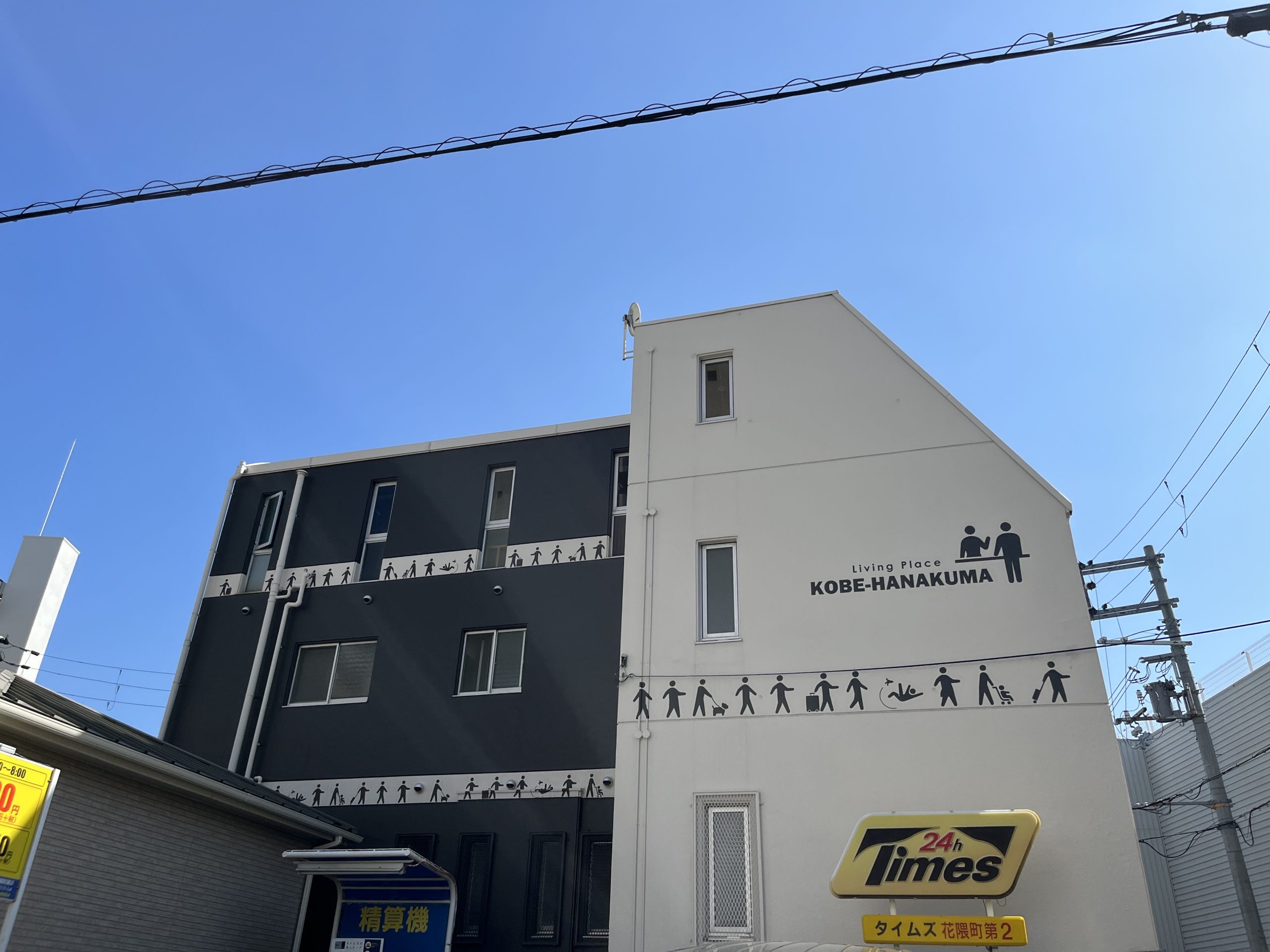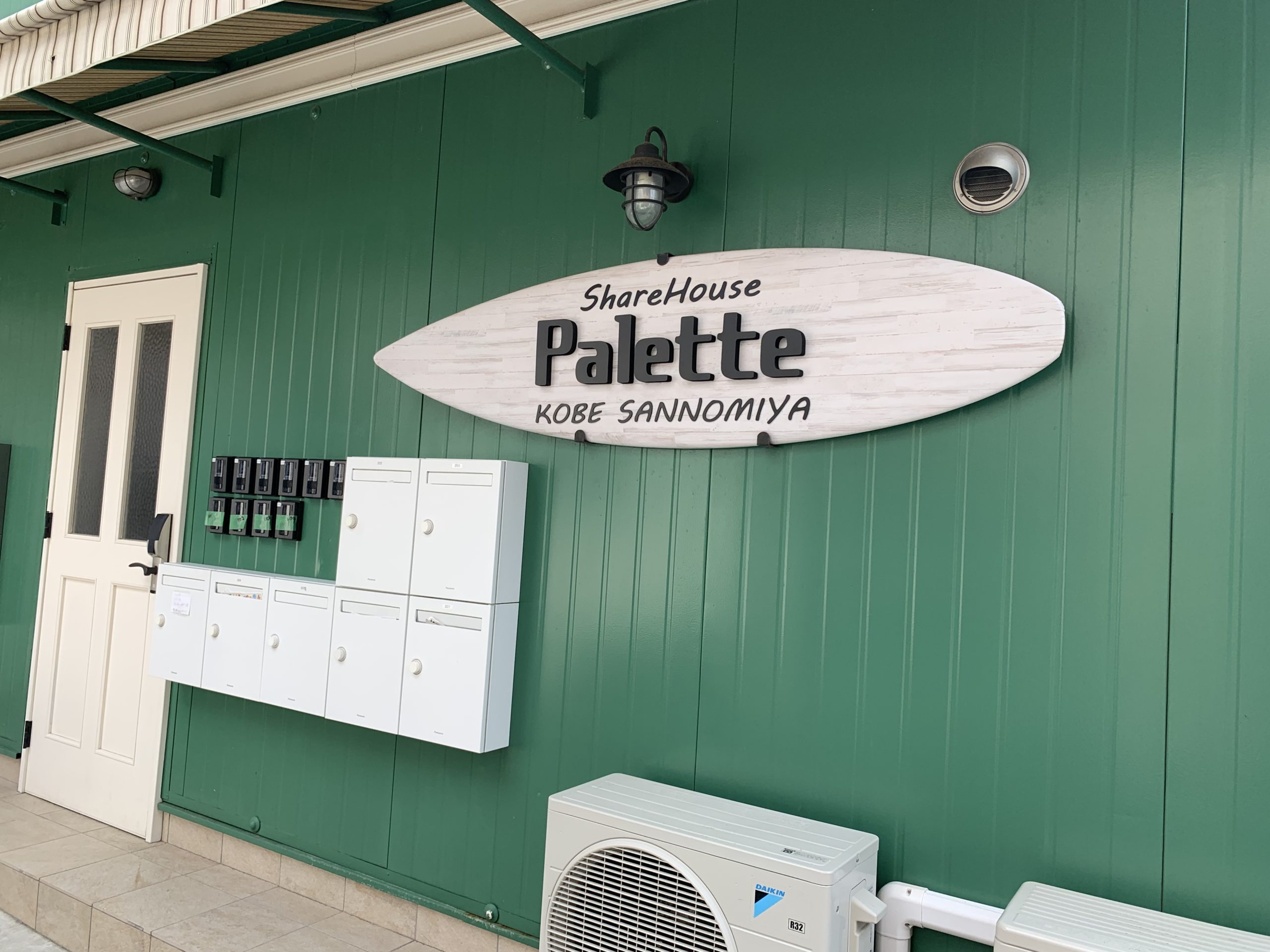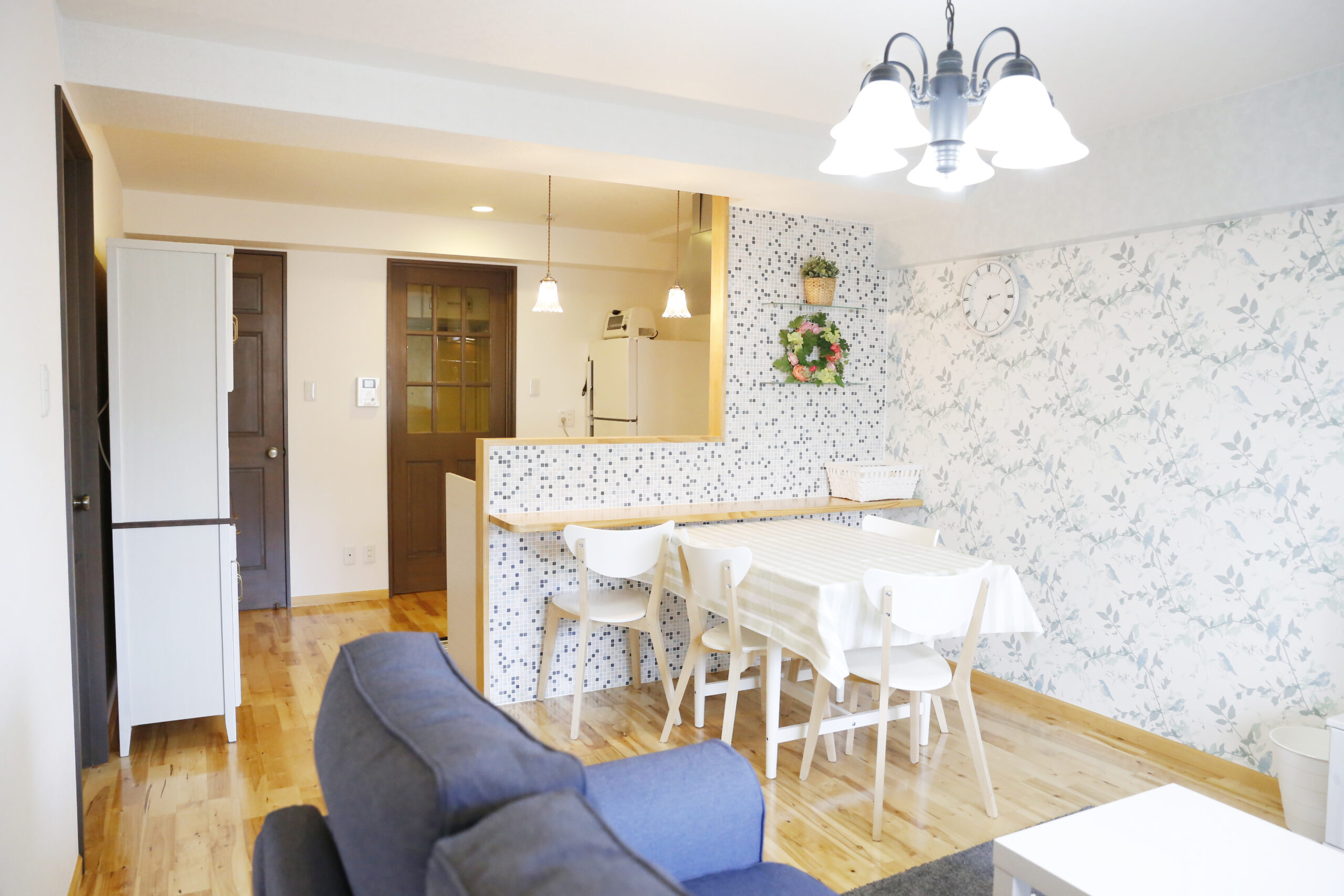ブログ BLOG
How to Prepare for an Earthquake in Japan
Recent years have seen more earthquakes, both in Japan and around the world. This shows how crucial it is to be ready for these natural disasters. Earthquakes can happen suddenly, causing a lot of damage and disruption.
In this blog, we’ll cover key strategies for preparing for earthquakes. We’ll look at recent events in Japan, like the series of earthquakes in Kyushu and Eastern Japan leading up to the “Megaquake” prediction and alert for the Nankai Trough. We’ll also give practical tips on what to do before, during, and after an earthquake.
Kobe Nadeshiko Management runs four businesses in Kobe: Share House, Rental Space, Rental Kitchen, and Monthly Furnished Apartments. We offer places for people to live, gather, and create memories. Need space to start your own restaurant, pub, or cooking class? We’ve got you covered. Enjoy easy living in Kobe with us!
Earthquake Preparedness: Why it Matters
Earthquake preparedness is crucial because it can significantly reduce the risk of injury and property damage. Being well-prepared ensures that you and your loved ones can respond effectively in the critical moments following a quake. Preparedness includes having a clear plan, assembling an emergency kit, securing your home, and understanding what actions to take when an earthquake occurs.
Disaster Prevention Information
About the Nankai Trough
The Nankai Trough, located off the southern coast of Japan, is a major seismic zone known for its potential to produce massive earthquakes.
Recent Big Earthquakes in Southern and Eastern Japan
In August 2024, Japan experienced significant seismic activity, with major earthquakes impacting Kyushu and East Japan. The earthquake in Kyushu occured on August 8th, with a magnitude of 7.1 and resulted in severe damage to infrastructure and homes in the region wherein a tsunami alert was issued.
Shortly after, on August 9th, Tokyo and eastern parts of Japan was struck by a magnitude 5.3 earthquake, causing further destruction in the Kanto Region. These events underscored the importance of earthquake preparedness and the need for solid response strategies.
What to Do Before an Earthquake
1. Create an Emergency Plan
Develop a family emergency plan that includes evacuation routes, meeting points, and contact information. Make sure everyone in your household understands the plan.
2. Assemble an Emergency Kit
Your kit should include non-perishable food, water for at least three days, a flashlight, batteries, a first aid kit, medications, and important documents. Consider also including a portable phone charger and cash.
Let’s Get Prepared | Disaster Preparedness Actions
3. Secure Your Home
Secure heavy furniture and appliances, glassware and dishes. Identify and practice “Drop, Cover, and Hold On” drills.
4. Stay Informed
Keep up with local news and updates regarding seismic activity and preparedness recommendations from authorities.
What to Do During an Earthquake
1. Drop, Cover, and Hold On
Drop to your hands and knees to prevent being knocked over, cover your head and neck with your arms or take shelter under a sturdy piece of furniture, and hold on until the shaking stops.
2. Stay Indoors
If you are inside, stay there. Move away from windows, glass, and heavy objects taht could fall. If you are outside, move away from buildings, streetlights, and power lines.
3. If Driving
Pull over to a safe location and remain inside the vehicle until the shaking stops. Avoid stopping on bridges or tunnels.
What to Do After an Earthquake
1. Check for Injuries
Assess yourself and others for injuries and administer first aid if needed. Be aware of potential hazards such as gas leaks or electrical issues.
2. Inspect Your Home
Check for structural damage, including cracks in walls and ceilings, and look for potential fire hazards. If you suspect significant damage or smell gas, evacuate the premises and contact emergency services.
3. Stay Informed
Listen to local news and official updates for information on aftershocks, emergency services, and recovery efforts.
4. Be Prepared for Aftershocks
Aftershocks can occur in the days or weeks following the main earthquake. Continue to follow safety protocols and be cautious of additional tremors.
Apps and Resources
If you’re in Japan, having the resources is crucial for earthquake preparedness and response. Here are some resources to look out for:
Japan Meteorological Agency (jma.go.jp) – this website provides real-time information and alerts on earthquakes, tsunamis and weather conditions.
NERV Disaster Prevention App – provides natural disaster information and emergency warnings
Yurekuru Call – this app alerts you of an oncoming quake, its magnitude and epicenter. The app’s warning comes just a few seconds before the actual quake giving you a head start to drop cover and hold on.
Safety Tips App – this app notifies users with warnings such as earthquake, tsunami, volcanic warnings, etc. It is available in English, simplified and traditional Chinese, Korean, and Japanese.
LINE Messenger – this app is one of the ways to stay in touch when there’s emergency or phone lines are jammed.
00000JAPAN
00000JAPAN (Five Zero Japan) offers free Wi-Fi access provided by Japanese carriers like docomo, au, and Softbank, enabling users to connect to the internet without relying on their cell network.
This service is available at major train stations, public facilities, commercial areas such as shopping malls, community centers, popular cafes, airports, restaurants, convenience stores, and more. It provides a reliable way to access social media and other online information when your mobile connection is unavailable and calling “110” (Police Department), “119” (Fire Department & Ambulance) or “118” (Coast Guard for Sea Rescue) for a rescue request.
IMPORTANT: Do not input important data or personal information while connected to 00000JAPAN. Delete the network when it’s no longer necessary and cancel the Auto-Join / automatic connection option.
Where to Evacuate / Evacuation Centers
- Visit crisis.yahoo.co.jp/map for evacuation center information. Note that the site is in Japanese; use your phone browser’s translation feature to view the content in your preferred language.
- Alternatively, search online using “[city] + hazard map” (e.g., “Kobe City Hazard Map” or “神戸市ハザードマップ“) to find local hazard maps and evacuation center locations.
How to Accurately Communicate Your Location
- Identify your location by noting nearby utility poles, buildings, signboards, or traffic lights.
- Provide clear landmarks or distinctive features around you to help responders locate you more easily.
Emergency Phone Numbers
110 – Police Department
118 – Coast Guard
119 – Ambulance / Fire Department
171 – Disaster Emergency Message Dial
Being prepared for an earthquake can make all the difference in ensuring your safety and minimizing damage. By taking steps such as creating an emergency plan, assembling a preparedness kit, and securing your home, you can better protect yourself and your loved ones. The recent seismic events in Japan, including the earthquakes in Kyushu and Eastern Japan, remind us of the readiness in the face of natural disasters. Stay informed, stay prepared, and stay safe.
Where to Stay in Kobe
Share House Palette Kobe Sannomiya is a 5-minute walk from JR Sannomiya Station, Living Place Kobe Hanakuma is only a 3-minute walk from Hankyu Hanakuma Station!
Please click here for more details about the share house with furniture, electric appliances and free wifi!
Reservations for tours are always welcome!
Reno Style Nunobiki is a 5-minute walk from Shin-Kobe Station!
Click here for details of the monthly apartments with furnished kitchen!
Please feel free to contact us if you’re looking for a place to stay for your homecoming, business trip, travel, workcation, training, etc.
Read More Blog Posts




